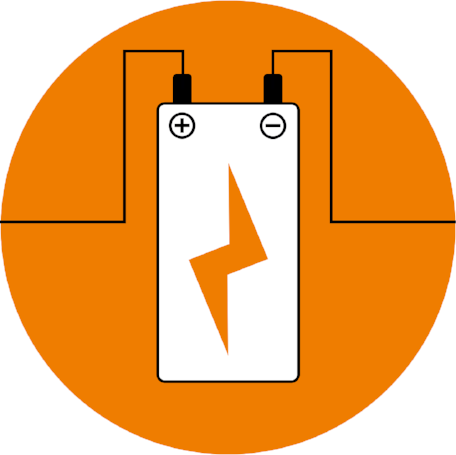Electricity Storage: the next challenge for Renewables
One argument you may have heard against renewables is that it is intermittent. In other words, wind turbines and solar panels only produce electricity in suitable conditions.
But if you want to win an argument you can point out a solution is at hand. Intermittency can be solved adoption of large scale electricity battery storage. This can supply electricity to the grid when needed.
A recent survey of renewables companies by certification agency DNV GL backed this up. Two-thirds of respondents said the development of storage was crucial to bringing more renewable energy onto the grid.
Storage Projects around the World
But although storage still at an embryonic stage yet around the world, there are many storage projects in production.
In the US these include RES’s 7.8 MWh Jake Energy Storage Centre and the 7.8MWh Elmwood Energy Storage Centre, both in Illinois.
The US also has the AES Energy Storage project, one of the world’s largest battery storage projects. Located near San Diego, California, it opened last year and can deliver 30MW to the local grid.
How storage can be used
Currently, the best use of electrical storage is to push electricity onto the grid in short bursts of around 30 minutes. This can stabilize any momentary highs and lows.
But if renewable energy industry aims higher more storage could result in more wind and solar power coming onto the grid.
Studies from around the world show the widespread adoption of electricity storage, working in short bursts, could enable as much as 60% of electricity generation to come from renewable energy.
If the amount is to go above 60% then we will require storage projects that can hold and supply electricity over several hours/days, rather than hours. Storage could be a possible solution to high grid connection costs making projects uneconomical.
Conclusion - Battery Storage the missing piece of the puzzle
A lot of people say you need storage because the sun only shines during the day or some days are wind-free. But the real need is when cloud is covering the solar panels or the wind has momentarily stopped blowing.
Renewable energy is the best option when it comes to reducing carbon emissions and delivering electricity. Yes, there are still challenges to be overcome to its wide-scale adoption. But many issues have been solved over the years. For example, the installation of offshore wind turbines, longer wind turbine blades for low wind sites, or the continual reduction in the price of solar PV.
Energy storage is one of these challenges and it is being conquered. But what do you think, will electricity storage push the widespread adoption of renewables? Add your comment below.
Author:
James Quilter
Journalist + Writer



